The two sets of images above show that the lighting on the first level is different between the two shader models. NVIDIA's lighting is more vibrant again, and you can see more detail across the scenes. It is hard to say which is "better", but there appears to be a greater range of colour available in the scenes rendered by the GeForce 7800 GTX. We think that if you were looking at a light source (such as the overhead lamp in the above image), you would see a brighter mass of light and you wouldn't see a clear outline of the light bulb, as you can just about make out in the image rendered by the Shader Model 2.0 path on the Radeon X850 XT Platinum Edition.
The best way to show this would be to make your room very dark and then look directly at a spot light (the only light source in the room at the time) and tell us if you can see a clearly defined light bulb shape, or whether you're seeing a mass of light. Make sure the bulb is fairly bright and don't look at it for more than a split second, because it will damage your eyes.
These two scenes also show a difference in lighting depth and vibrance. We are still waiting for confirmation from ATI, but we believe that they are using a 16-bit integer buffer for the primary render target when processing this HDR implementation. That is in contrast to NVIDIA's four channel 16-bit floating point buffer that they use to define their primary render target when using a High-Dynamic Range Rendering technique.
The reasons why we believe that ATI are using a 16-bit integer buffer primary render target is because Valve are doing something similar - ATI's shader model 2.0 hardware will be able to run HDR in the upcoming 'Lost Coast' add-on for Half-Life 2. For this, they are using a 16-bit integer buffer as the primary render target.
Due to the differences in brightness, NVIDIA's soft shadowing looks a little more effective, and you can also see the differences in lighting flair coming from Sam Fisher's headset, too. The light at the end of the walk way is also more vibrant on the GeForce 7800 GTX.
The final pair of images have very subtle differences: the textures on the light house wall is slightly brighter, where the light seems to be clearer in comparison to the somewhat foggy-looking textures on the light house wall when rendered by the Radeon X850 XT Platinum Edition. You can also see slight differences at the top of the light house, where the beacon is shining on the insides of the light house's glass top.
ATI mentioned to us that ATI's hardware generally renders things slightly darker than NVIDIA hardware, so we thought that it would be a good idea to try and attain the same level of background light in order to try and make some conclusions on the differences between the two HDR implementations.

MSI MPG Velox 100R Chassis Review
October 14 2021 | 15:04


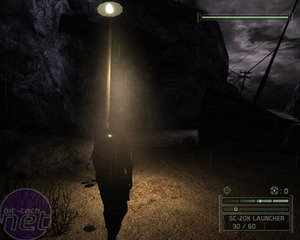
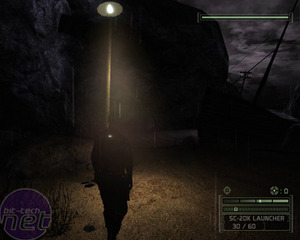


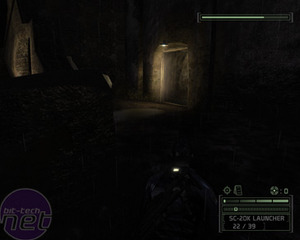
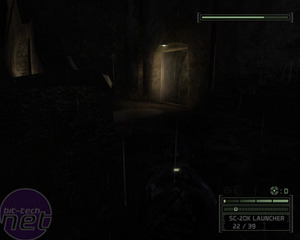
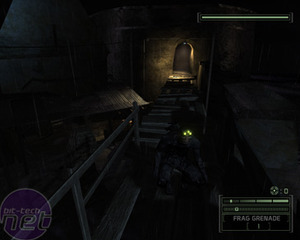
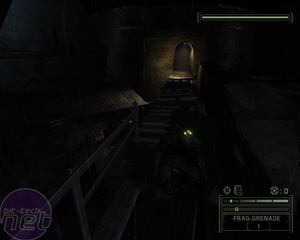

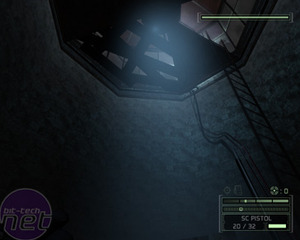






Want to comment? Please log in.